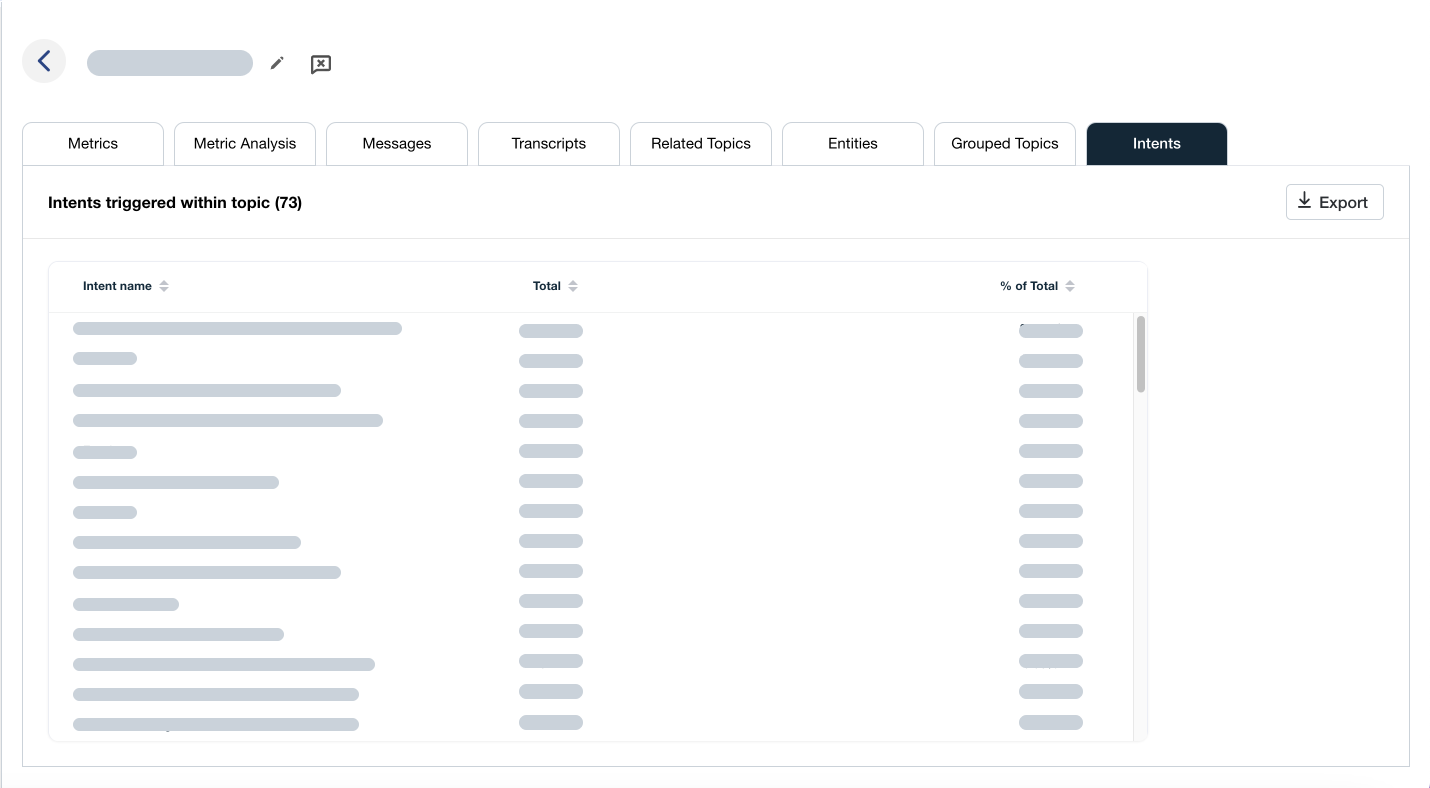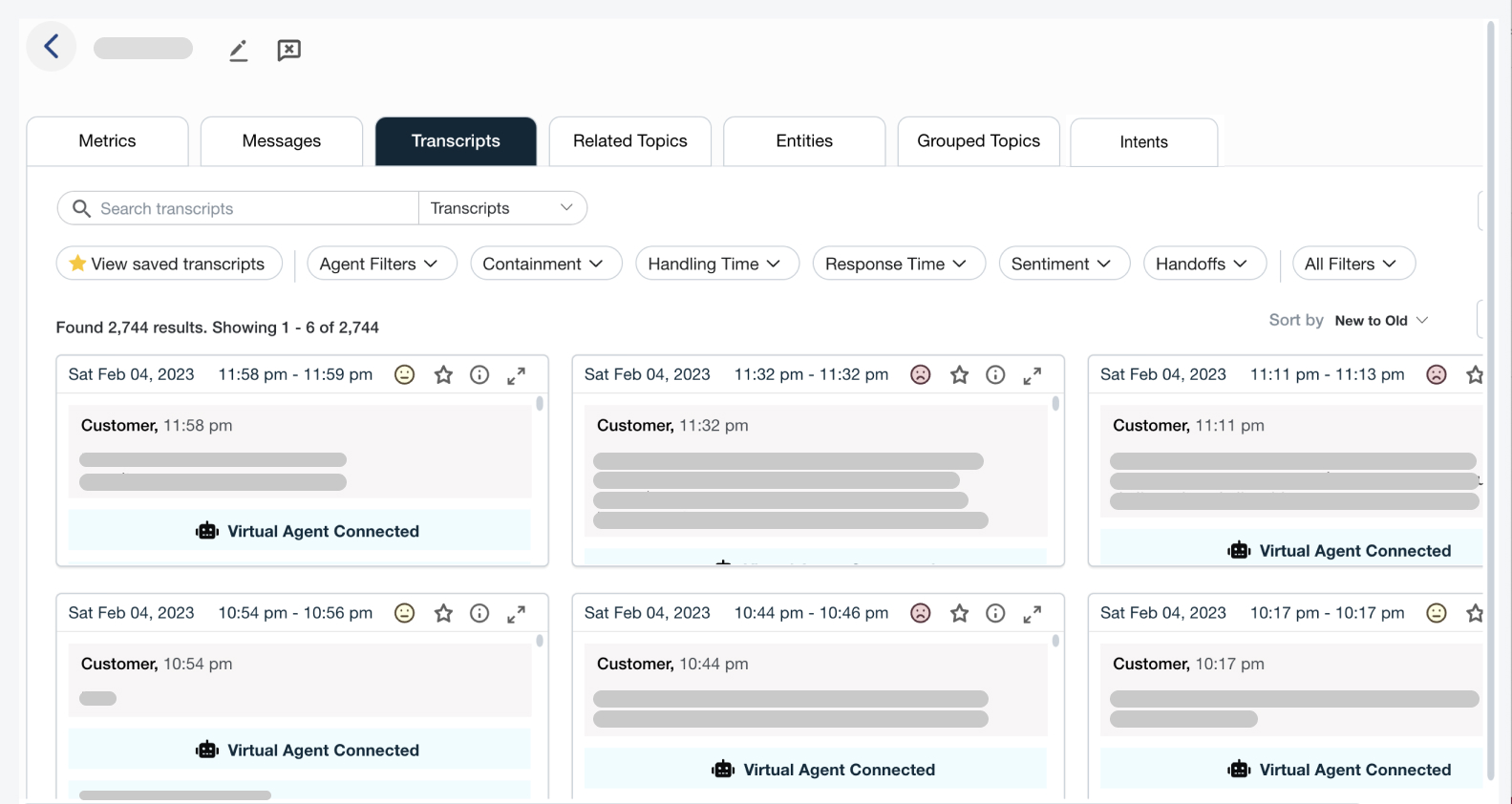Is it really a ‘tug of war’ in contact centers?
Is it really a ‘tug of war’ in contact centers?

When operations wants one thing and agents want another the atmosphere can become tense. Karim Chabane at Calabrio reveals how to work as a team and outlines several Workforce Management (WFM) practices to bring a meeting of minds in contact centers.
The term ‘contact center’ can still conjure up the vision of a massive open-plan office where people are packed like battery hens with their headsets on answering routine questions, a perception that is, quite rightly, becoming increasingly outdated. As more organizations adopt a customer-first approach to doing business, the role of agents, the frontline to customer and organizational profitability, is changing along with their expectations. The newest entrants into the workforce may appear to want it all, i.e. independence in a collaborative environment and the latest technology combined with face-time and career progression without the need for job-hopping. All this can lead to a tug of war especially when operations wants one thing and agents want another, a situation that is bad for the contact center and bad for business.
Three top tips to turn a Tug of War into a Meeting of Minds
Agents may well be the gateway to customers but they are also a great source of information from an operational point of view. Contact center leaders should take note to achieve a true meeting of minds that combines business needs with employee engagement. Here are three ways to help steer you in the right direction:
Keep talking – conduct annual employee surveys and act on the results, good and bad. Hold weekly drop-ins for agents and invite the planning team to attend. Focus on the hot topics that matter for agents and share your own, to promote interactive, constructive discussion. Why not develop focus groups where agents can raise customer pain points and share learning with other parts of the business to help boost their self-esteem and elevate the status of the contact center?
Keep things clear and transparent – processes should be clear, transparent and supplemented with easy-to-understand documentation. The same applies to learning: communicate individual and team goals effectively and develop meaningful career paths that release the full potential of agents and make the whole contact center shine.
Keep staff happy – remember your agents are your customers and need to be kept on side. Everyone wants to feel involved so create a work environment where agents feel part of everything ranging from the company mission, to their fellow team members and the customers they serve. Actively gain their feedback for important decision-making. Having a ready-made pool of agent champions makes it so much easier to instigate cultural change and introduce new ways of working.
Let technology take care of the rest
The introduction of new technology can be threatening to users but WFM should be viewed as a powerful tool that enables collaborative thinking, working and results. Rather than seen as a controlling “big brother” phenomenon, make technology a part of the Meeting of Minds!
Here are five ways to use WFM to:
Boost scheduling through agent self-service – get agents more involved by having them enter their preferred shifts for an upcoming schedule period. By having a “Meeting of Minds” approach it creates a culture that will lay the ground for a process of agent self-service. Understand what works and what doesn’t for them. Some prefer to start late and work later, while others may be early-birds or like split shifts. Using self-service, at their desks or via their mobile devices, agents are empowered to control their own schedules, select breaks and lunches, swap shifts and request time off with immediate feedback from their manager.
Minimize stress – nothing is worse than overwork and stress to make staff run for the hills. Maximize the latest forecasting technology to right-size your contact center for the future. Running a series of ‘what if’ scenarios helps to predict staffing needs for regular seasonal fluctuations such as public holidays or new marketing campaigns. By using ‘what if’ scenarios different staffing methods can be used to minimize stress! Empower agent self-servicing by having a pool of flexible part-time agents that will fill in the gaps when and wherever necessary. Forecasting also provides the analytical evidence required to work effectively with outsourcing agencies to supplement your in-house resources during busy periods while avoiding unnecessary staff costs during quieter periods. Two-way collaboration with double the impact!
Re-invigorate the learning program – first of all, use WFM to schedule offline interactive activities such as weekly huddles and feedback sessions that give agents the opportunity to air key issues and discuss potential solutions. Then, tap into the virtual library of agents’ skills, knowledge and qualifications provided by today’s WFM solutions. At a glance, identify missing competencies and build tailored training programs that challenge and fulfill agents while supporting the needs of the overall contact center. The core data capabilities of WFM can be boosted with dedicated training functionality that streamlines scheduling and ensures lessons are learnt from regular wrap-up sessions. Everything is connected, by talking consistently with agents and identifying gaps in the forecast, you can take advantage and use it for a thoughtful learning program and make the “Meetings of Minds” work with the technology.
Just be sure to develop a portfolio of different learning styles, a mixture of traditional in-classroom training and online or virtual sessions, to meet the needs of a multi-generational team. Today’s Snapchat generation appreciate a mix of technology and face-to-face contact so consider exploiting different chat apps such as, WhatsApp, and Messenger to appeal to this highly visual and growing sector of the workforce.
Foster staff motivation – make the most of advanced WFM reporting and dashboards to provide a real-time snapshot of employee and team performance against specific contact center KPIs or customer SLAs in a fair and transparent way. Introduce the latest gamification features to motivate employees, provide a forum for sharing top tips, encourage healthy competition and reward individual and team performance in a fun environment. Don’t shy away from using catchy names i.e. “Game of Phones” for gamification campaigns, small things can have a tremendous impact on team spirit as well as on agents’ motivation and performance.
Automate simple tasks – why not invest in artificial intelligence (AI) technology and blend it with your WFM and scheduling processes so that agents have more time to devote to brain-teasing activities rather than be resigned to handling routine enquiries such as brochure fulfilment and utilities meter readings. When agents are mentally stretched and positively challenged, they are more likely to go the extra mile and support your own Service Level Agreements (SLAs) and Key Performance Indicators (KPIs).
With just a few simple tweaks and modern WFM practices, turn any potential tug of war into a meeting of minds in your contact center – to everyone’s benefit.









